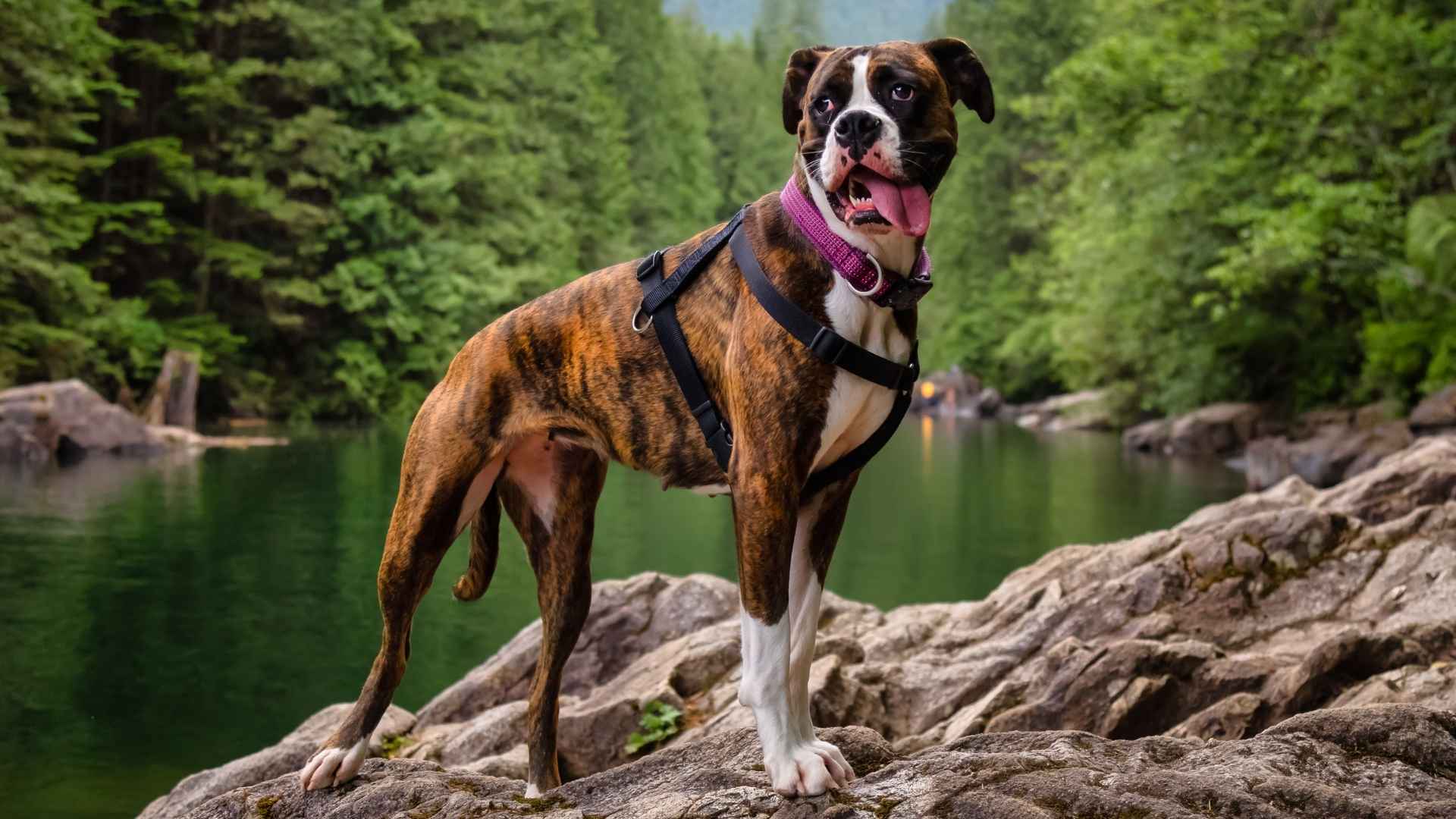When you think of a muscular dog, images of canine bodybuilders lifting dumbbells probably don’t come to mind. Yet, some dog breeds naturally boast impressive, ripped physiques without ever setting foot in a gym or following a workout routine.
These breeds carry their strength effortlessly, thanks to genetics, their history of rigorous work, or simply their unique body structure. Whether you’re a dog enthusiast fascinated by canine fitness or someone curious about breeds that combine power with natural grace, understanding these muscular marvels is fascinating.
These dogs don’t just look strong; their muscular builds often reflect their endurance, agility, and roles they were bred for—be it herding, hunting, or guarding. So, let’s dive into nine dog breeds that come pre-equipped with ripped muscles, proving that some dogs are simply born ready to flex.
Dog Breeds With Ripped Muscles Even Without Training
1. Rottweiler
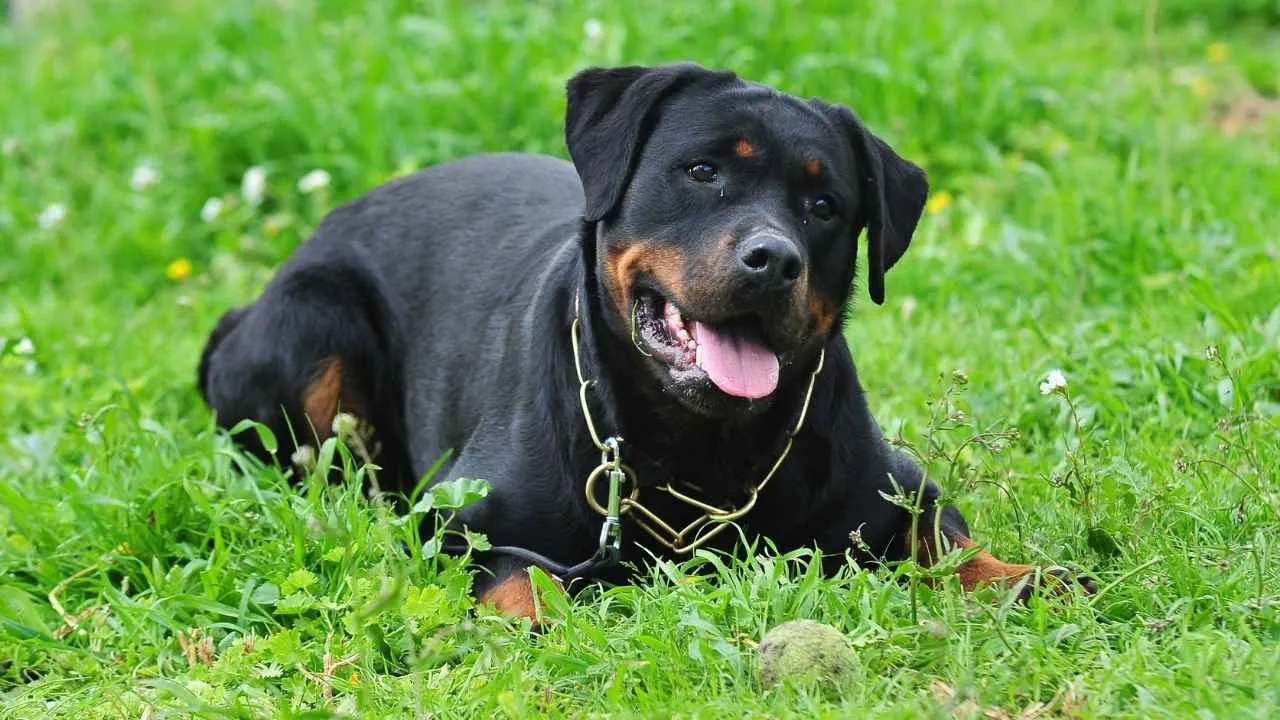
The Rottweiler is a powerhouse wrapped in a sleek, black-and-tan coat. According to the AKC, this breed’s muscular build comes from its origins as a herding and guard dog, designed to perform demanding physical tasks. Rottweilers naturally develop broad shoulders and a strong chest, making them look impressively ripped even without special training.
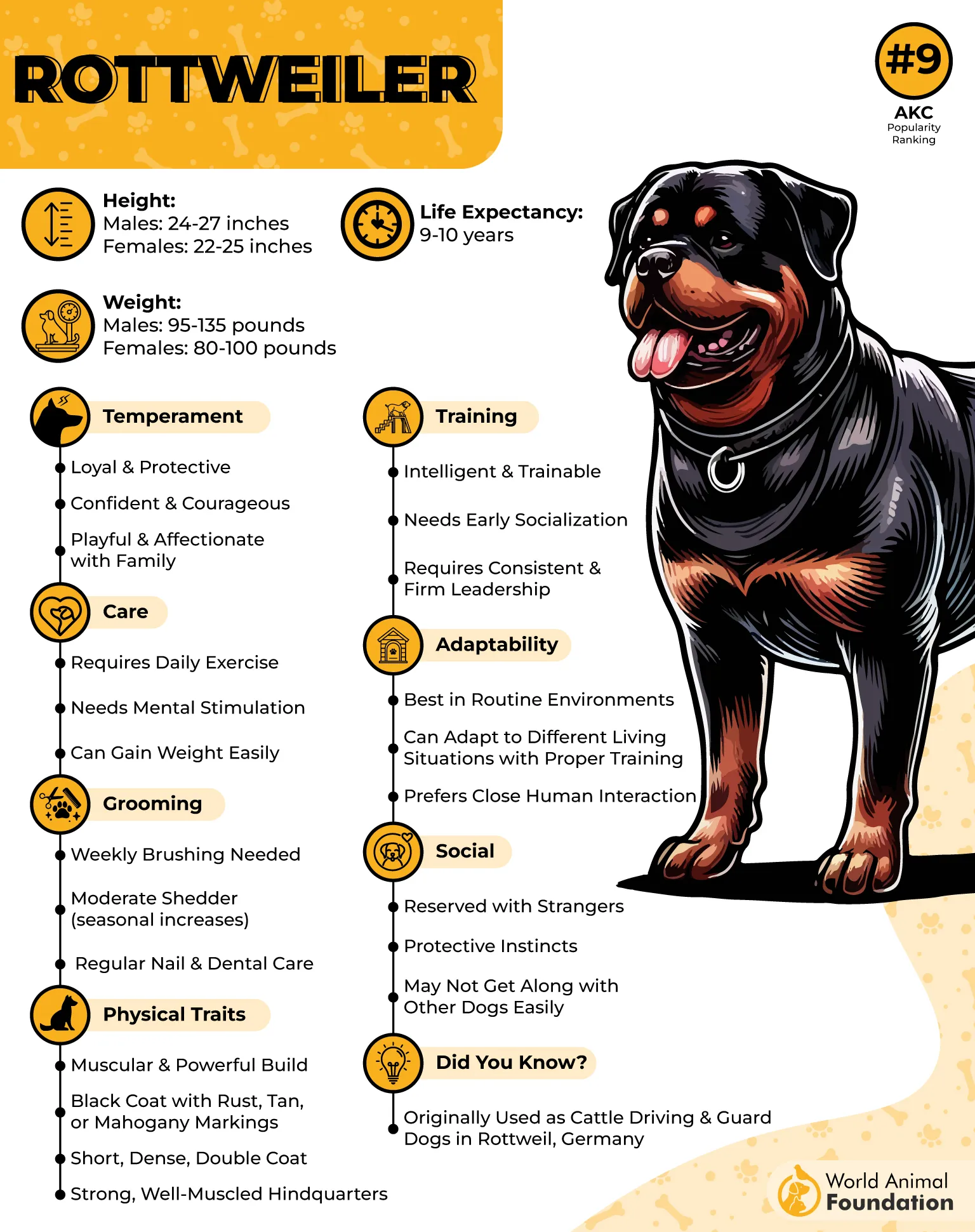
Their physical prowess is matched by their intelligence and steady temperament, making them excellent family protectors and companions. Despite their intimidating appearance, Rottweilers are often gentle and affectionate with those they trust.
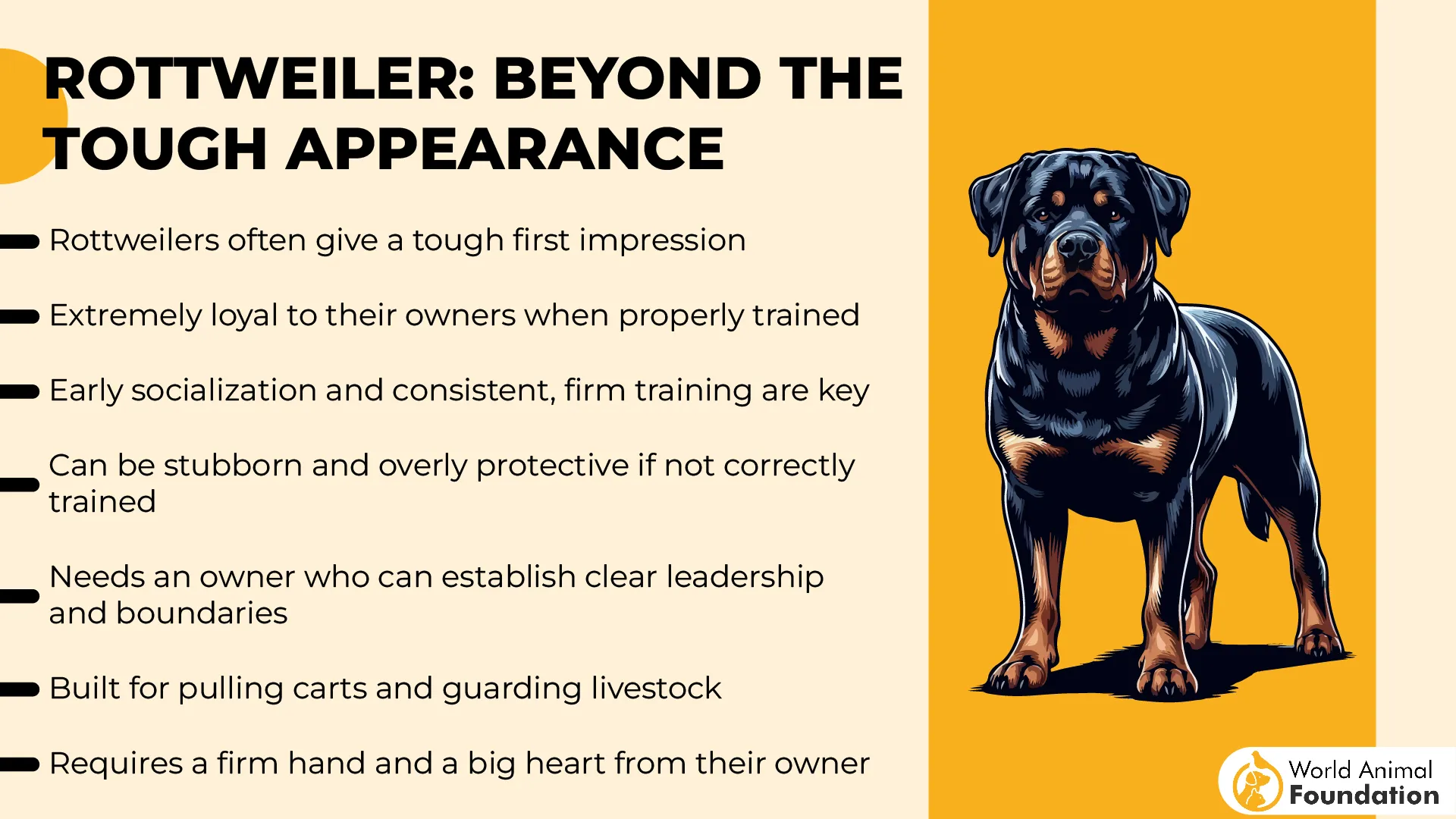
Muscle mass in Rottweilers supports their agility and endurance. This breed can easily maintain a strong frame just from daily activities like running and playing. Their dense muscle structure means they don’t need intense workouts to stay in shape.
Because of their guarding instincts, Rottweilers have an alert posture and powerful stance. These traits also contribute to their effectiveness in police work and search-and-rescue missions.
A balanced diet rich in protein helps maintain their muscle tone, but even casual owners will notice a Rottweiler’s natural bulk and strength. Their build is a perfect blend of power and grace.
Quick Tips for Rottweilers
Early socialization helps balance their protective instincts with friendliness.
Regular moderate exercise keeps their muscles healthy without overexertion.
2. Cane Corso
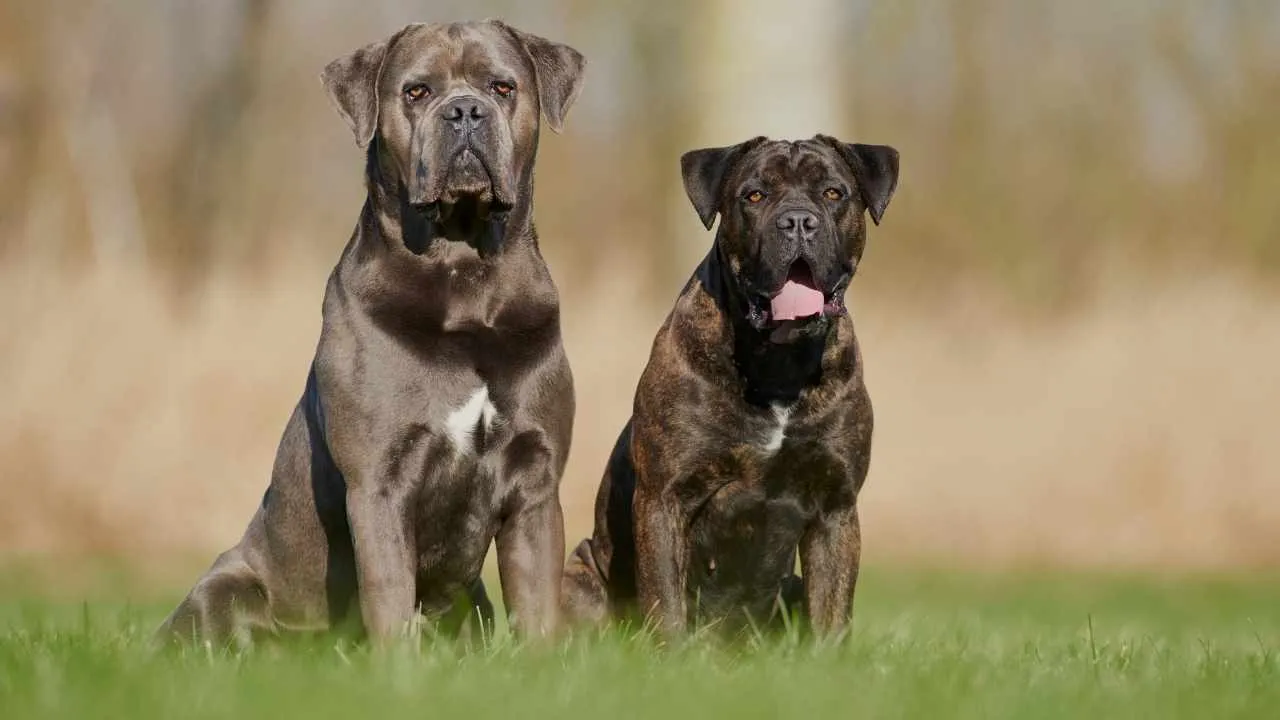
The Cane Corso boasts one of the most impressive muscular frames among working dogs. Built for power, this breed has a deep chest, thick neck, and robust limbs that speak to its heritage as an Italian guard dog. Its muscles appear bulky and defined, requiring minimal conditioning to look ripped.
These dogs have a natural drive to protect their families and territory, supported by their strong physique. Their strength comes from genetics and a history of demanding physical roles, not just training.
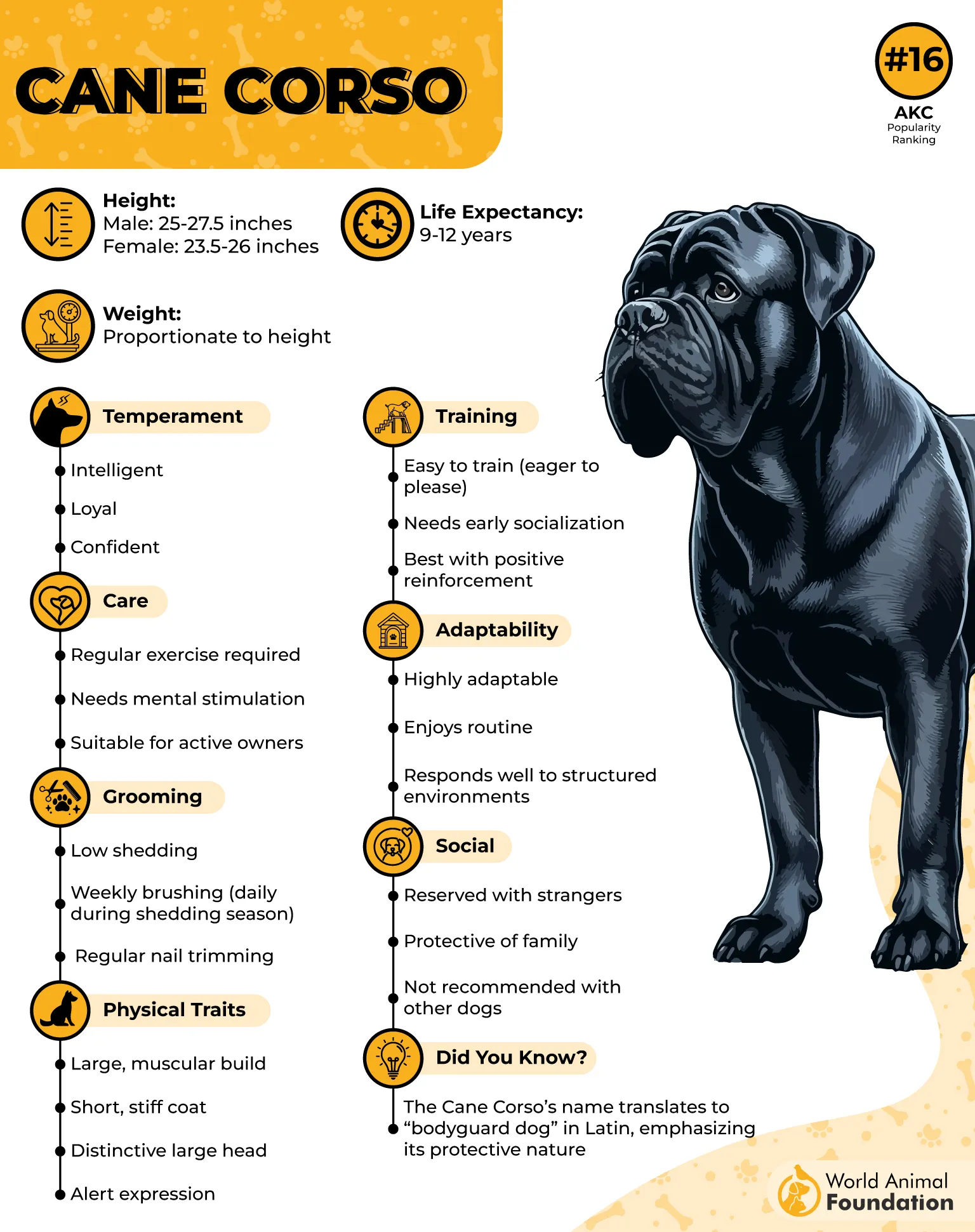
While powerful, Cane Corsos are surprisingly agile and graceful. Their muscular bodies enable quick bursts of speed and strong endurance, ideal for guarding and hunting. Their compact, sturdy shape carries strength without bulkiness.
Cane Corsos tend to have calm confidence that commands attention wherever they go. Their muscular appearance adds to their aura of authority but belies a loyal and loving nature beneath.
Daily activities like walking and playtime are enough to keep this breed’s muscles in prime condition. They naturally maintain a muscular silhouette, requiring less exercise than other high-energy breeds.
Quick Tips for Cane Corsos
Consistent training is key to managing their protective behavior.
Provide mental stimulation alongside physical activity to keep them balanced.
3. Greyhound
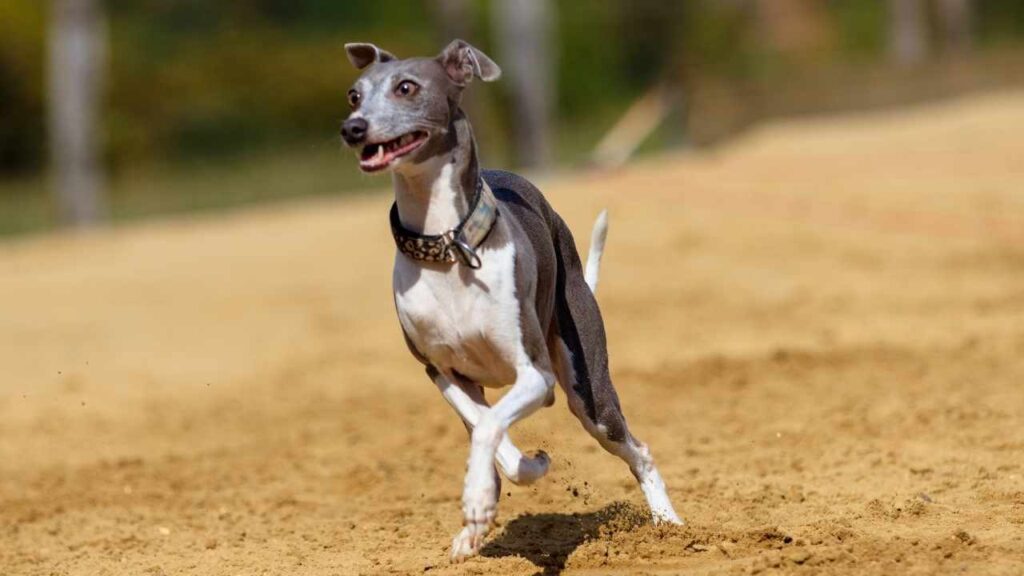
Greyhounds are often celebrated for speed, but their muscle structure is just as remarkable. These dogs have long, lean muscles built for explosive power and sprinting, giving them a naturally ripped look. Their physique is the result of selective breeding for racing and coursing.
Greyhounds showcase a slim but clearly defined musculature. Their legs and shoulders are finely tuned for agility and rapid acceleration, not sheer strength.
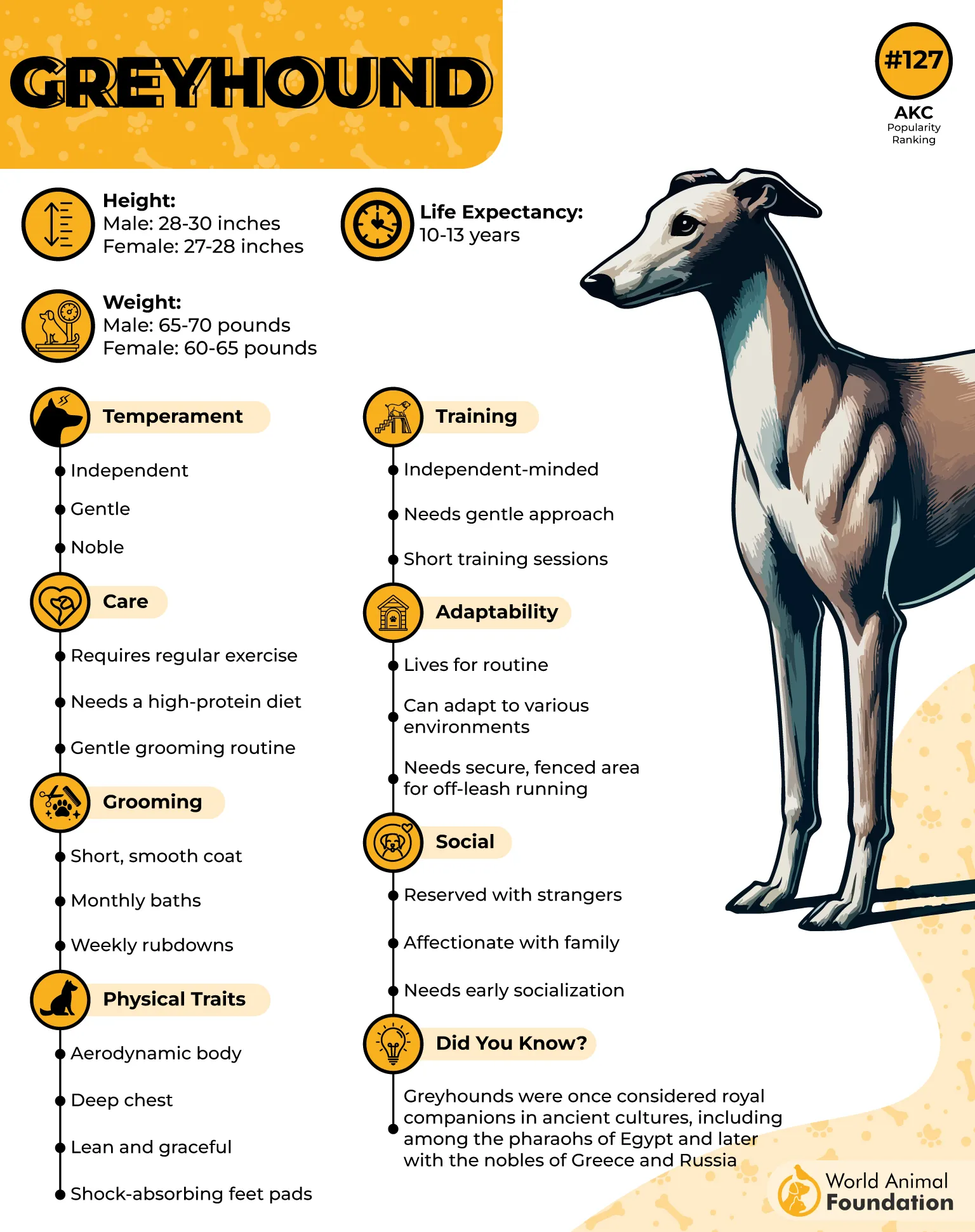
Despite their athleticism, Greyhounds are known for their calm and laid-back nature at home. Their muscular frame doesn’t translate into hyperactivity but rather efficient movement and endurance.
The unique muscle composition of Greyhounds allows them to conserve energy while maintaining the capacity for quick, intense bursts of speed. This mix of muscle fibers is what gives them a toned, chiseled appearance.
Maintaining a Greyhound’s physique requires less frequent vigorous exercise compared to other athletic breeds. Their muscles stay firm from everyday walks and occasional sprints.
Quick Tips for Greyhounds
Avoid excessive high-impact exercise to protect their joints.
Use soft bedding to support their lean muscles and slender frame.
4. Rhodesian Ridgeback
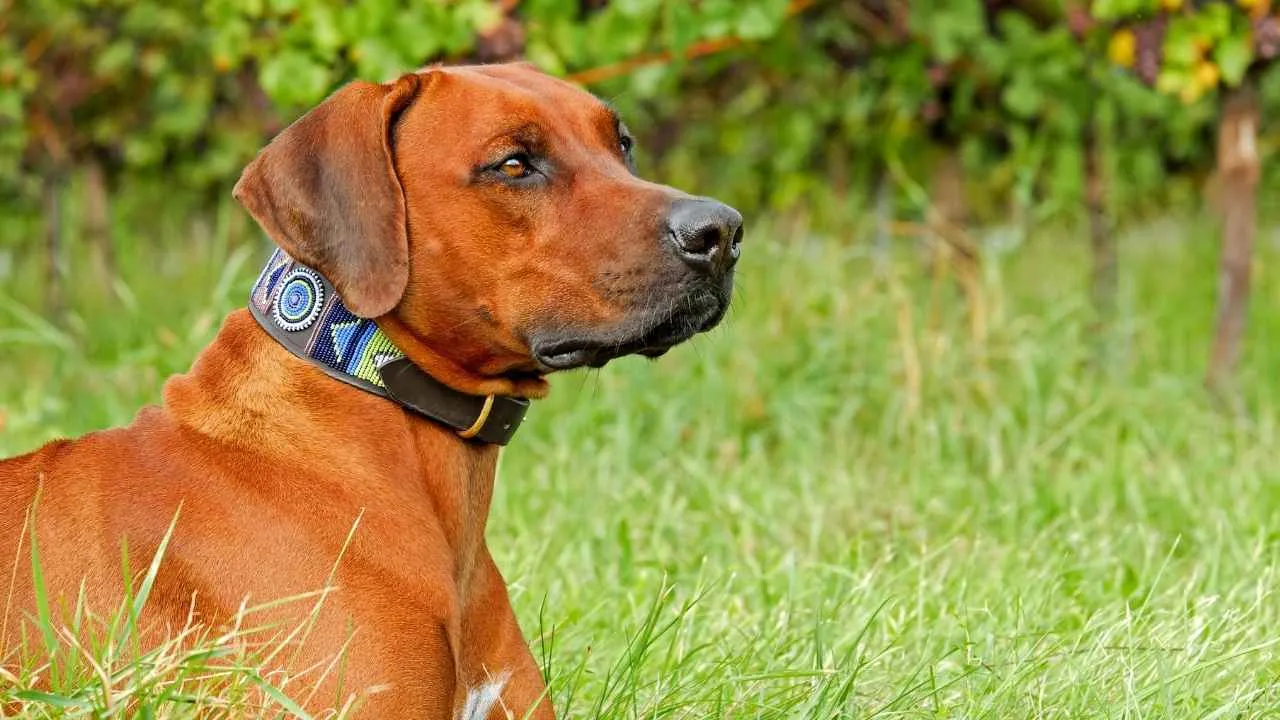
The Rhodesian Ridgeback is a striking example of natural athleticism fused with grace. Recognized by the distinctive ridge of hair growing backward along its spine, this breed’s muscles are lean, long, and well-defined, built to endure long chases over rough terrain.
Originally bred in southern Africa to hunt lions and other large game, the Ridgeback’s physique reflects the need for endurance, strength, and agility combined in a single package.
Their powerful hindquarters and deep chest provide explosive propulsion and lung capacity, perfect for tracking and running for hours. Even without formal training, the Ridgeback maintains a muscular silhouette that hints at its warrior heritage.
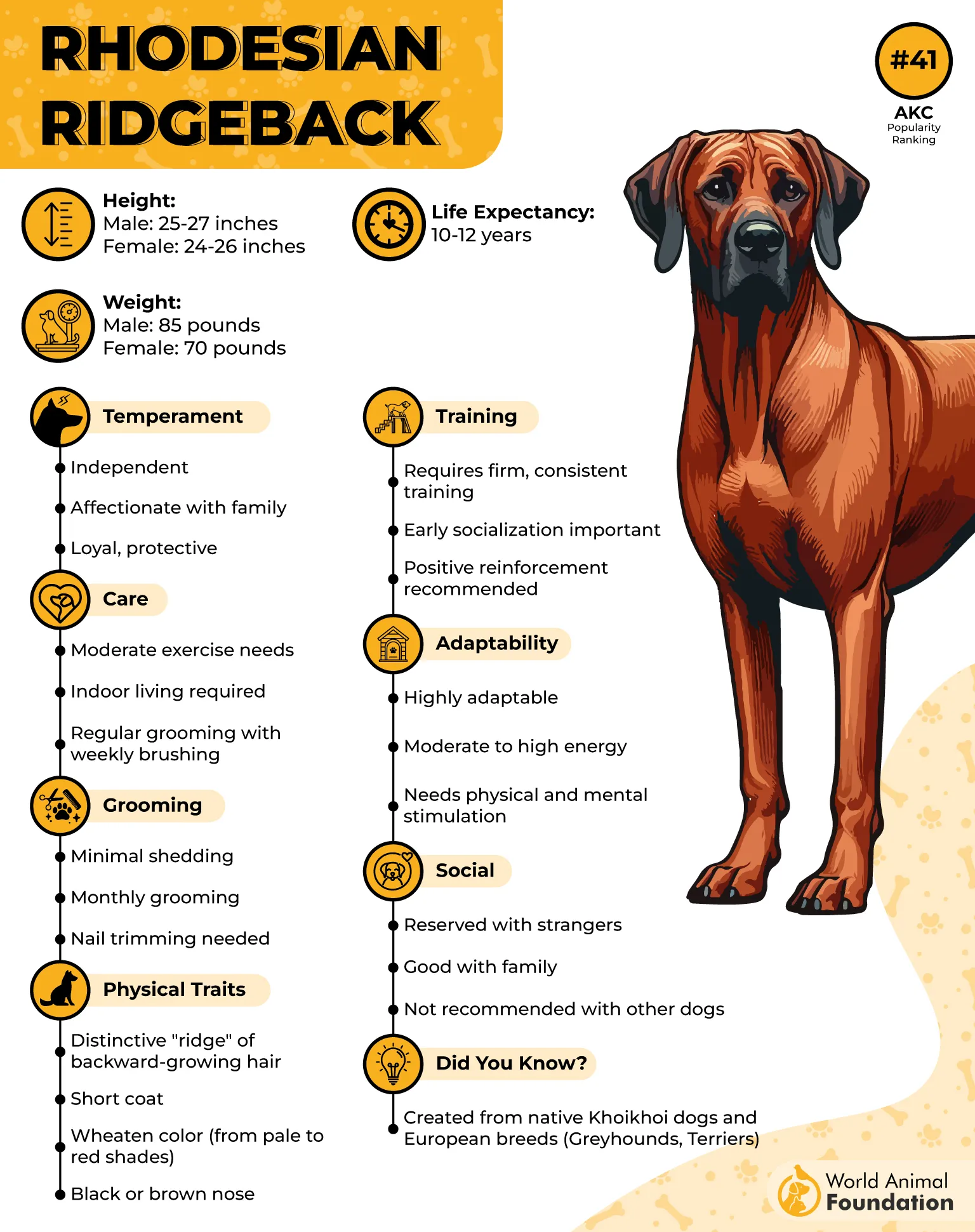
Known for being fiercely independent, Rhodesian Ridgebacks require owners who appreciate their confident nature, as suggested by PetMD. They prefer an active lifestyle, but they can be surprisingly calm and collected when indoors. They blend athleticism with an aloof yet loyal temperament, making them both captivating and challenging companions.
Maintaining a Ridgeback’s muscle tone comes naturally through daily exercise like long walks and runs. A high-quality diet rich in protein and balanced nutrients supports their lean muscle mass and keeps their energy levels stable. Their appearance alone can intimidate, but these dogs are often gentle and affectionate with family.
Quick Tips for Rhodesian Ridgebacks
Prioritize socialization early to balance their strong-willed personality.
Provide ample off-leash running opportunities to sustain muscle condition.
5. American Pit Bull Terrier
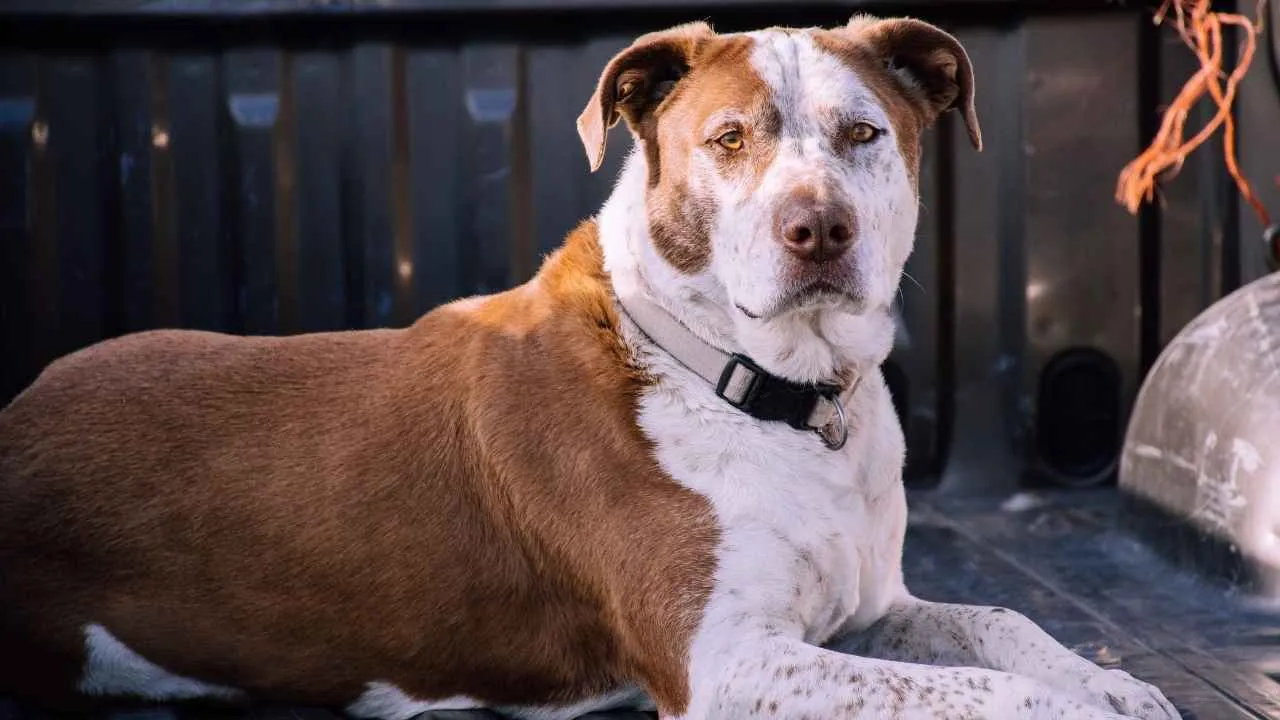
The American Pit Bull Terrier carries a reputation for raw power and stamina, embodied in a compact, muscular frame that is naturally well-toned without any special training.
Their broad chest, solid shoulders, and thick neck give a look of defined strength and resilience. This muscular form stems from a lineage bred for agility, strength, and speed in various working roles.
Pit Bulls are also known for their affectionate nature and high energy. Their well-balanced musculature supports quick movements and stamina during play or work. Even routine activities like fetch or tug-of-war help maintain their athletic build. This breed’s muscle density is a perfect example of function meeting form.
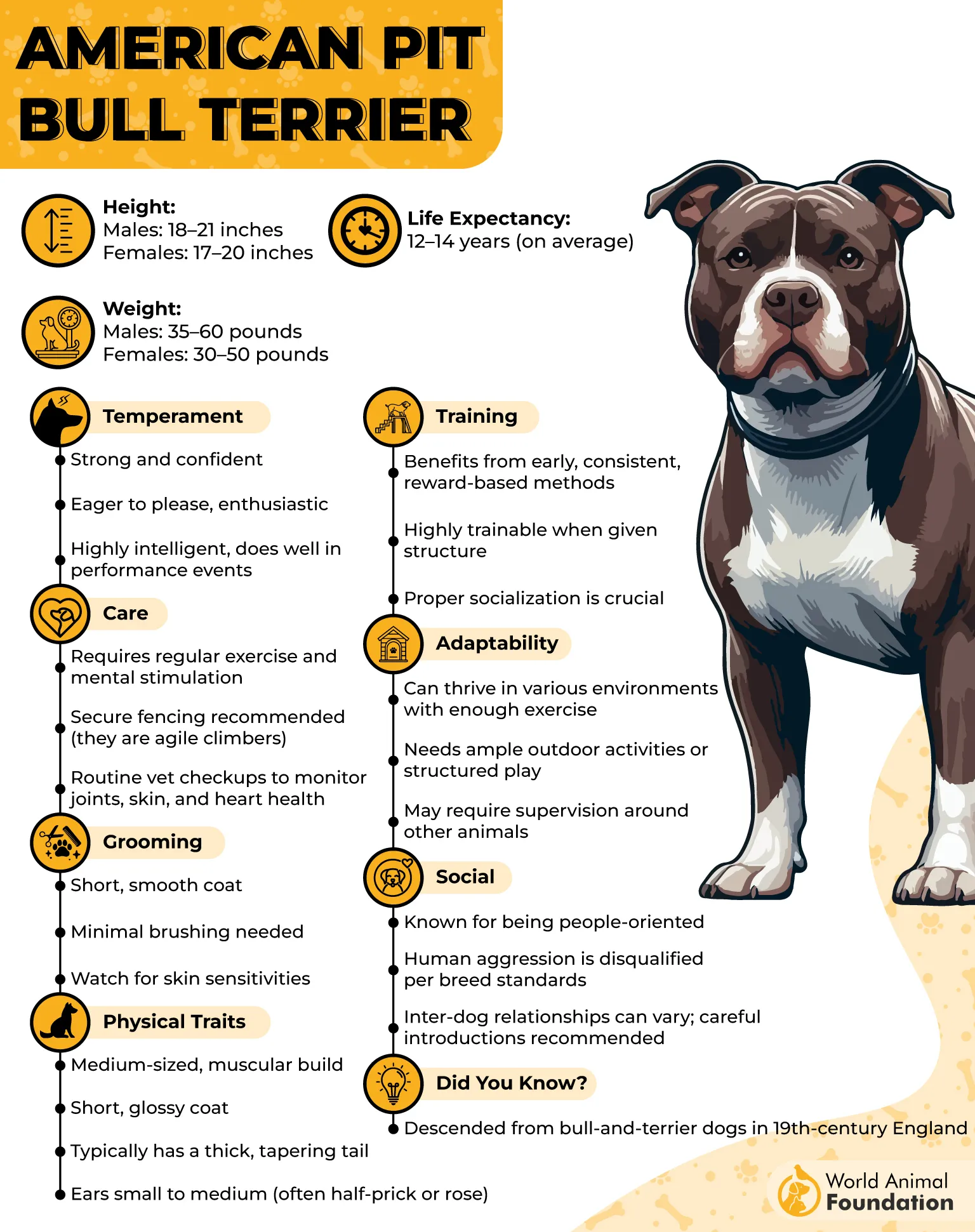
Despite their powerful appearance, many Pit Bulls are gentle, friendly, and eager to please their owners. Their muscular frame enhances their ability to be agile and quick, but it does not mean they require intense workouts to stay ripped. Natural activity and social interaction are often enough.
Training and mental stimulation are vital for this breed, which channels its physical strength best when well-directed. Pit Bulls’ muscles reflect their spirited personality and energetic lifestyle, making them perfect for owners who enjoy an active, engaging companion.
Quick Tips for American Pit Bull Terriers
Regular interactive play encourages healthy muscle development and energy release.
Consistent, positive reinforcement training builds a confident and well-behaved dog.
6. Doberman Pinscher
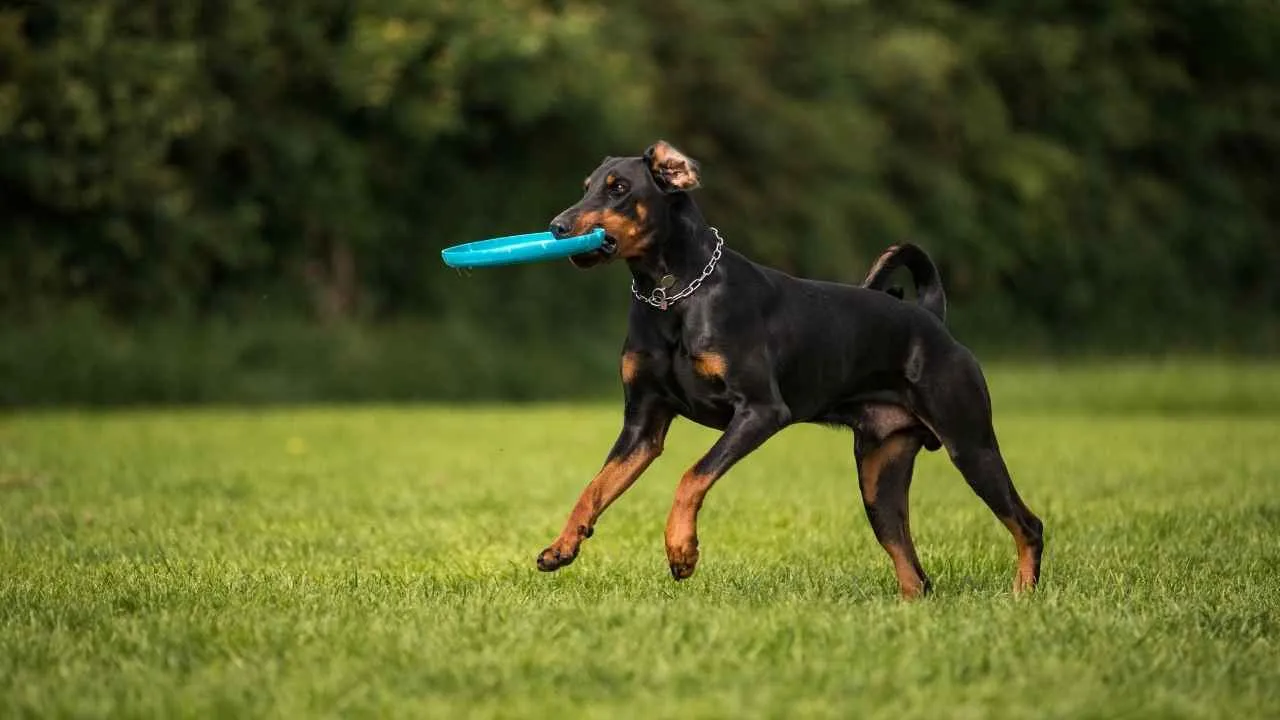
Doberman Pinschers are the epitome of elegance combined with strength. Their bodies are characterized by sleek, sharply defined muscles that accentuate speed, power, and endurance.
This breed’s silhouette is streamlined yet muscular, optimized for swift, agile movement and sustained activity. Their muscular shoulders and powerful hindquarters make them natural athletes, capable of performing a wide range of physical tasks effortlessly.
Originally bred as guard and police dogs, Dobermans rely on their muscular build to protect and serve effectively. The visible muscle tone across their legs, neck, and chest doesn’t come solely from training but is a natural result of their breed’s structure and genetics.
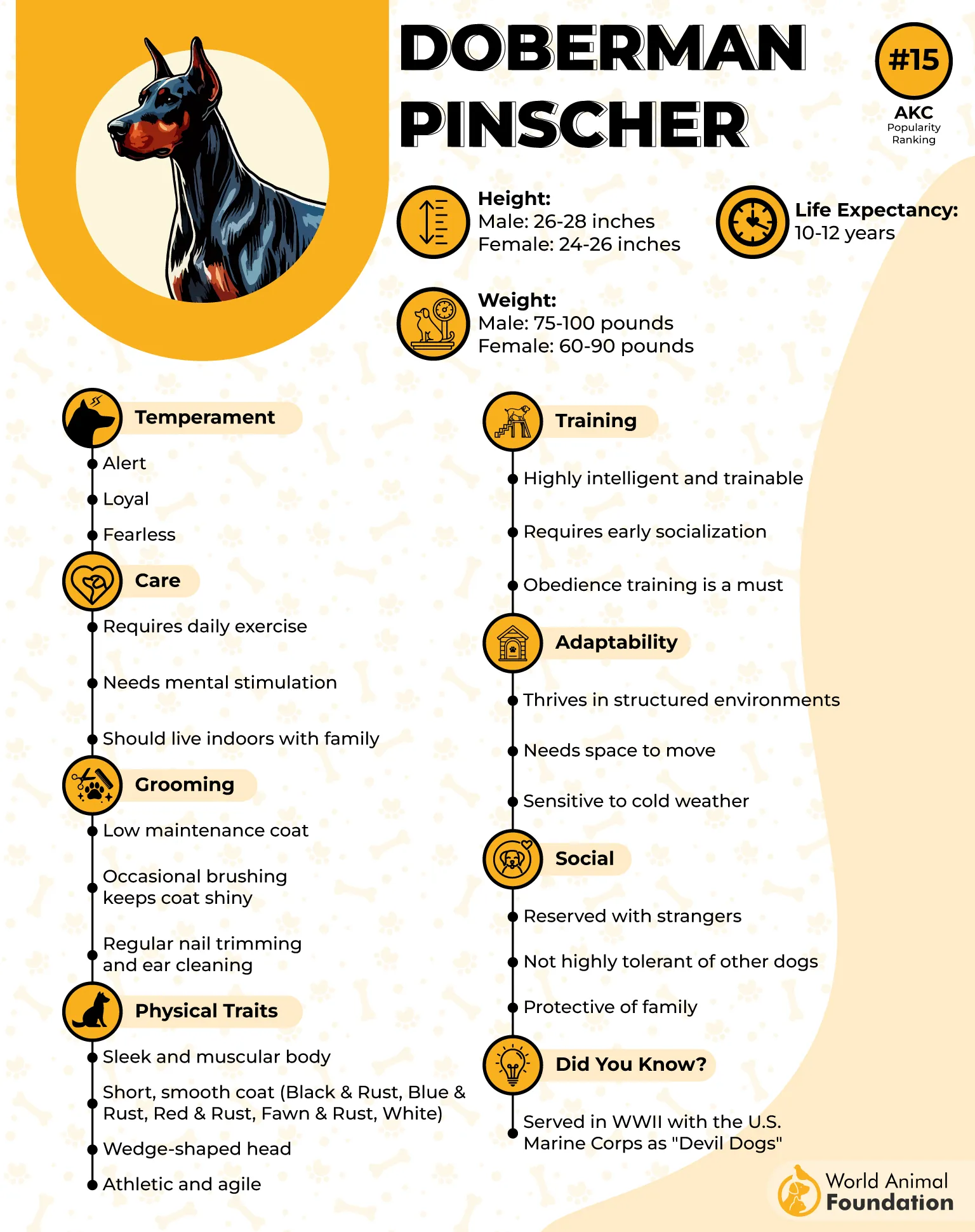
Britannica states that Dobermans thrive when given daily exercise that includes both physical and mental challenges. Their muscular endurance means they can keep going longer than many breeds of similar size, which makes them reliable working dogs and active family pets. Their lean, rippled muscle appearance is a sign of both strength and speed.
Known for their intelligence and loyalty, Dobermans respond well to consistent training and clear boundaries. Their muscular frame combined with a sharp mind creates a breed that is both physically and mentally robust, making them outstanding protectors and companions.
Quick Tips for Doberman Pinschers
Mix physical workouts with brain games to keep muscles and mind sharp.
Early obedience training channels their protective instincts positively.
7. Boxer
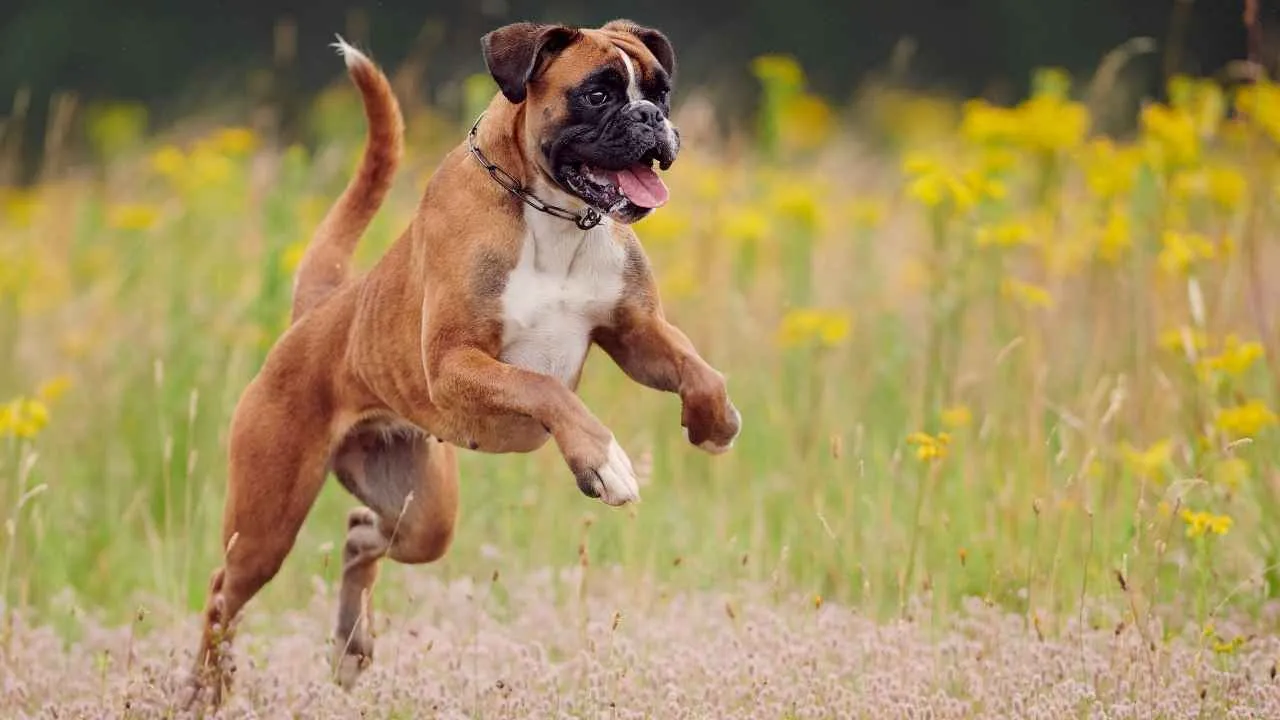
Boxers are instantly recognizable for their muscular, athletic build and boundless energy. Their broad chest, strong shoulders, and well-defined legs give them a powerful stance that looks impressive even when they’re simply lounging. This breed’s muscle definition comes naturally from its history as a working and hunting dog, designed for speed and strength.
Their physique supports remarkable agility and endurance, allowing Boxers to be both playful family companions and capable guard dogs.
The muscles along their neck and shoulders enhance their bite force and overall power, traits valued in their traditional roles. Even without intense training, their muscular build is evident through regular play and activity.
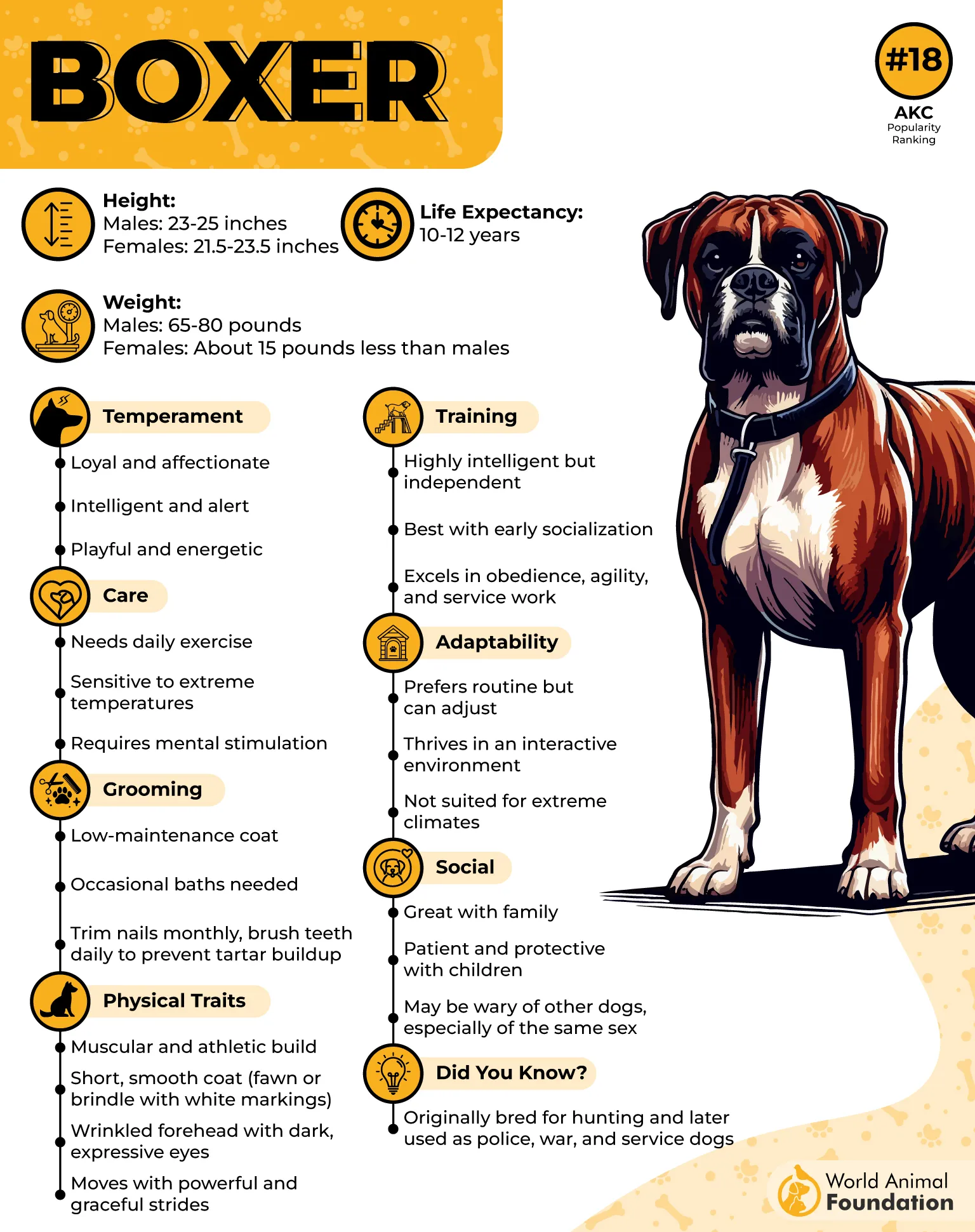
Boxers combine strength with a spirited personality, often described as “clownish” for their playful antics. Despite their tough exterior, they have a big heart and are very protective of their families. Their athletic bodies help them keep up with children and other pets, making them excellent active companions.
Their short coat highlights every muscle ripple, contributing to their overall impression of strength and fitness. Keeping a Boxer healthy involves daily exercise that challenges their agility and stamina without overexertion.
Quick Tips for Boxers
Use interactive play to keep their muscles engaged and minds sharp.
Avoid excessive jumping to protect their joints and maintain muscle health.
8. Dogo Argentino
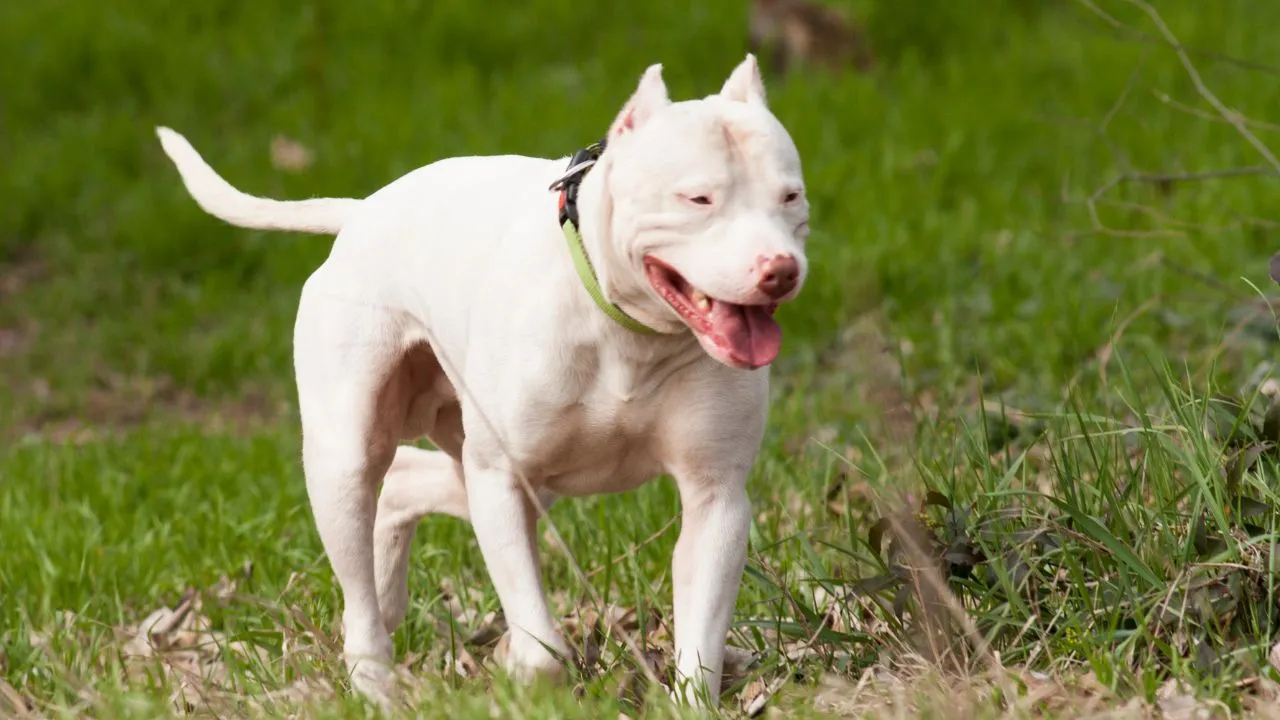
The Dogo Argentino is a striking breed with a muscular, powerful frame designed for endurance and strength. Built originally for big-game hunting in South America, this dog’s physique features a broad chest, thick neck, and heavy bone structure that showcases natural muscle definition. Their short white coat accentuates the chiseled muscle lines across their body.
Muscle mass in the Dogo Argentino is functional, supporting bursts of speed and tremendous stamina. This breed can easily maintain its ripped look through normal activity such as running, hiking, or playing fetch. Their strong legs and solid core make them formidable and agile, ideal for physically demanding tasks.
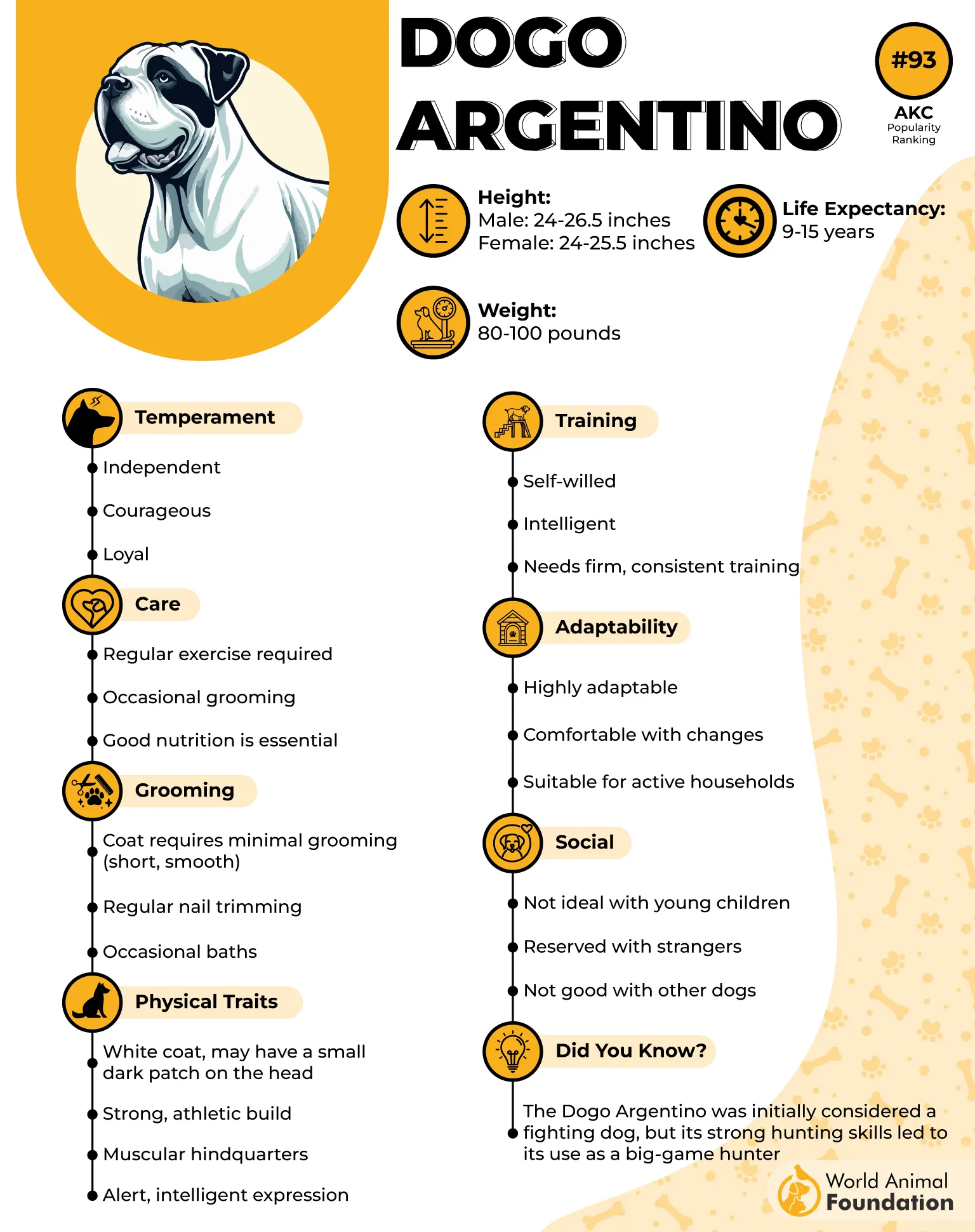
Known for their protective and loyal nature, Dogos also have an affectionate side with family members. Their muscular bodies back up their courageous reputation, but don’t translate into unnecessary aggression when properly socialized and trained.
Maintaining muscle tone in the Dogo Argentino involves regular, consistent exercise paired with a nutritious diet. Their strength and agility come naturally but flourish under active care, emphasizing endurance over brute power.
Quick Tips for Dogo Argentinos
Provide daily vigorous exercise to support muscle maintenance.
Early training and socialization are essential for a balanced temperament.
9. Belgian Malinois
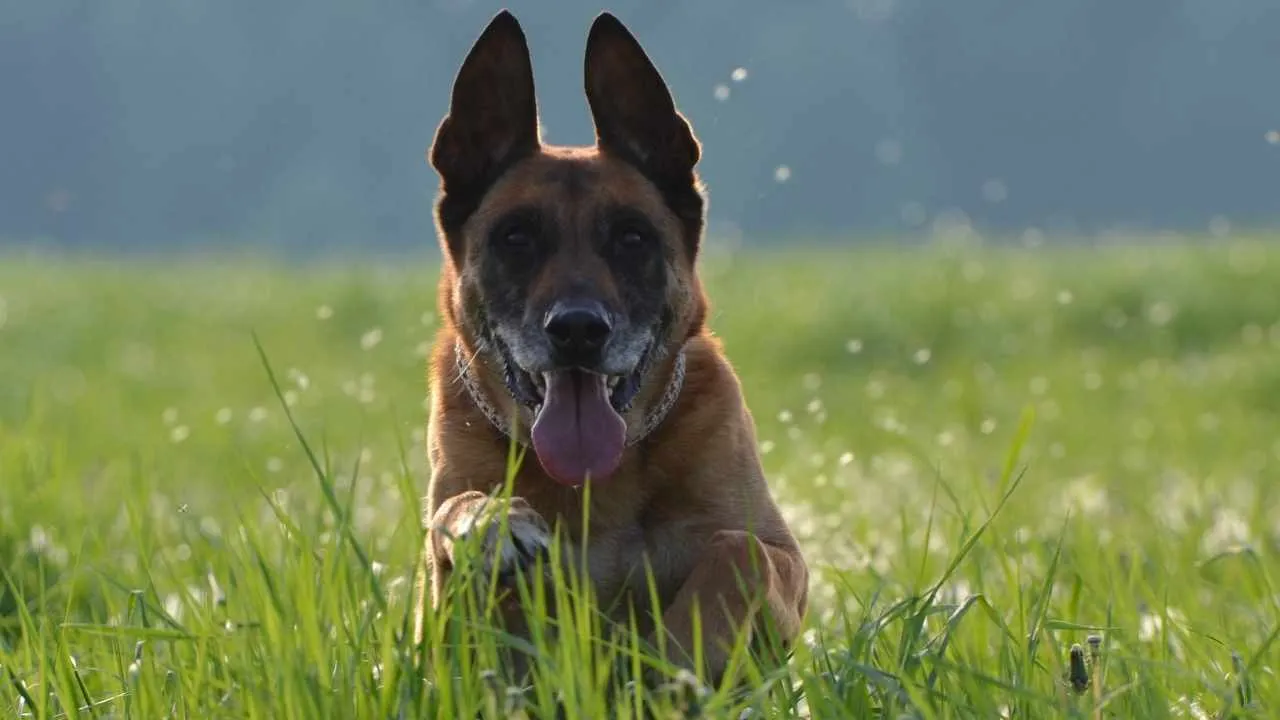
The Belgian Malinois is a powerhouse of lean, dense muscles packed into a medium-sized, agile frame. Their athletic build is designed for speed, endurance, and versatility, making them a favorite among police and military units worldwide. Their muscles are clearly defined, particularly in the shoulders and hind legs, reflecting their need for rapid movement and sustained energy.
This breed’s muscle structure supports exceptional jumping ability and quick reflexes, which are critical for their working roles. Even without specialized training, Malinois retain their ripped appearance through everyday activity, thanks to genetics and their energetic nature.
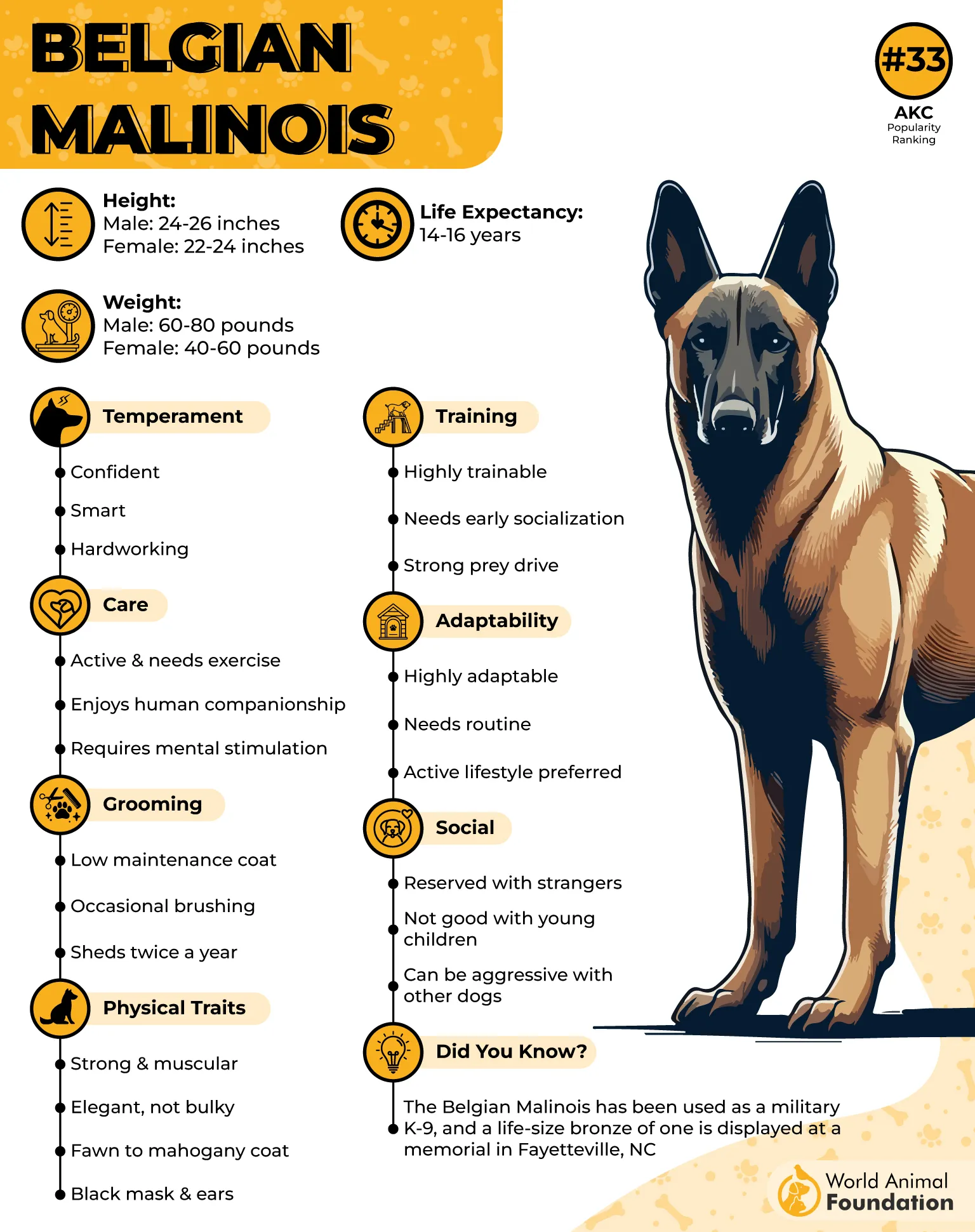
Belgian Malinois are highly intelligent and driven, requiring consistent mental and physical challenges. Their muscular body is a natural extension of their work ethic and agility, built to perform demanding tasks with precision and power.
Despite their strong physical presence, Malinois are devoted companions and form tight bonds with their families. Their physique, combined with sharp focus, gives them an unmistakable air of confidence and readiness.
Quick Tips for Belgian Malinois
Combine agility training with mental exercises for optimal health.
Ensure regular socialization to channel their energy positively.
Conclusion
Muscular dog breeds captivate dog lovers with their well-defined muscles and impressive athletic ability. These most muscular dogs are not only strong but also intelligent, combining brains with brawn. Whether sporting a smooth coat or a thick fur double coat, these muscular dogs maintain their ripped physique through regular exercise rather than intense dog training. Some, like Greyhounds and Belgian Malinois, are renowned racing dogs, while others, such as Rottweilers and Doberman Pinschers, serve as excellent guard dogs with wide chests and large heads.
These muscled dogs come in various shapes—from short-legged breeds to those with long tails and large heads—proving that physical strength isn’t limited by size or appearance. Many popular dogs with rippling muscles have a history linked to demanding tasks like bull baiting or hunting mountain lions, highlighting their endurance and athleticism.
Muscular breeds make great dogs for active owners, but can also be couch potatoes when at home. Their versatility and loyal nature have made them movie dogs and trusted guide dogs alike. Whether you’re fascinated by their thick fur, short hair, or unique double coats, these muscular breeds offer strength, agility, and companionship, solidifying their place as some of the most honorable and well-loved dog breeds around.


